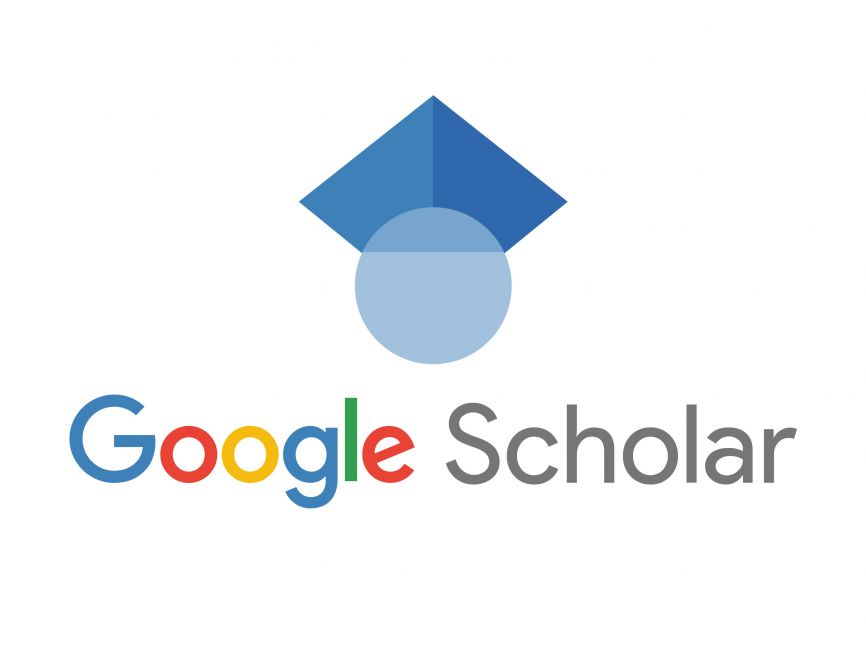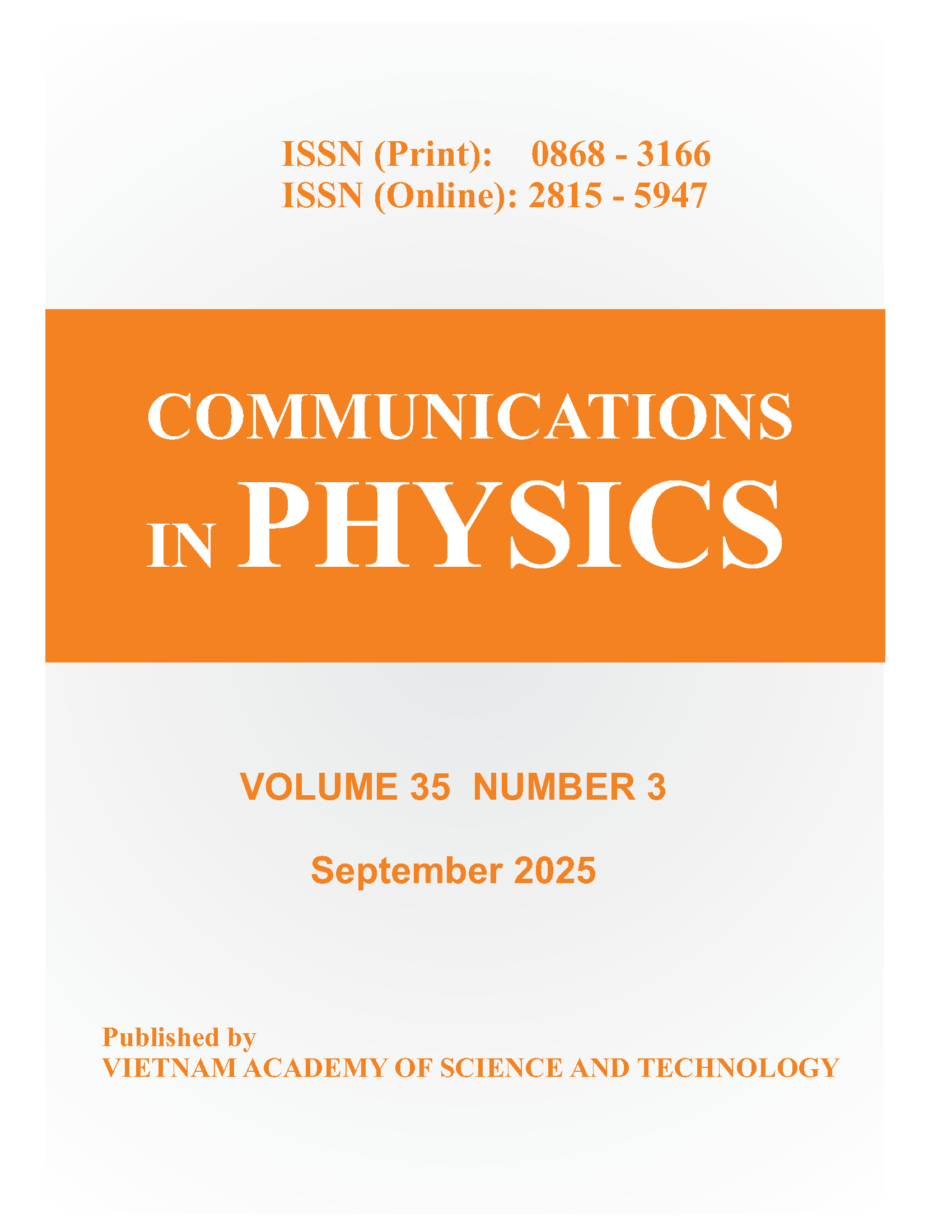Electron Transport Through Experimentally Controllable Parabolic Bubbles on Graphene Nanoribbons
Author affiliations
DOI:
https://doi.org/10.15625/0868-3166/16763Abstract
We present a theoretical study of electron transport properties through experimentally controllable graphene nanobubbles [P. Jia et al., Nat. Commun. 10 (2019) 1] employing a tight-binding model and the non-equilibrium Green's function formalism. Sharp conductance peaks are observed at low energy region which signifies the emergence of quasi-bound states caused by pseudomagnetic field in the strained nanobubbles. Analysis based on local density of states reveals the nature of electron transmission at peak energies. Our results also show that the emergence of quasi-bound states and its role in electron transport depend on both strain strength and bubble size: when the strain or size of the bubble increases, more quasi-bound states emerge and resonant tunnelling assisted by these quasi-bound states becomes dominant.
Downloads
References
K. S. Novoselov, A. K. Geim, S. V. Morozov, D.-e. Jiang, Y. Zhang, S. V. Dubonos, I. V. Grigorieva and A. A.Firsov, Science 306 (2004) 666.
A. C. Neto, F. Guinea, N. M. Peres, K. S. Novoselov and A. K. Geim, Rev. Mod. Phys. 81 (2009) 109.
V. M. Pereira and A. H. Castro Neto, Phys. Rev. Lett. 103 (2009) 046801.
C. Si, Z. Sun and F. Liu, Nanoscale 8 (2016) 3207.
S. Yang, Y. Chen and C. Jiang, InfoMat 3 (2021) 397.
F. Guinea, M. Katsnelson and A. Geim, Nat. Phys. 6 (2010) 30.
N. Levy, S. Burke, K. Meaker, M. Panlasigui, A. Zettl, F. Guinea, A. C. Neto and M. F. Crommie, Science 329 (2010) 544.
P. Jia, W. Chen, J. Qiao, M. Zhang, X. Zheng, Z. Xue, R. Liang, C. Tian, L. He, Z. Di et al., Nat. Commun. 10 (2019) 1
R. Carrillo-Bastos, D. Faria, A. Latge ́, F. Mireles and N. Sandler, Phys. Rev. B 90 (2014) 041411. [10] V.-T. Tran, J. Saint-Martin and P. Dollfus, Phys. Rev. B 102 (2020) 075425.
D. A. Bahamon and V. M. Pereira, Phys. Rev. B 88 (2013) 195416.
V. M. Pereira, A. H. Castro Neto and N. M. R. Peres, Phys. Rev. B 80 (2009) 045401.
M. C. Nguyen, V. H. Nguyen, H.-V. Nguyen and P. Dollfus, Semicond. Sci. Technol 29 (2014) 115024.
M. C. Nguyen, V. H. Nguyen, H.-V. Nguyen, J. Saint-Martin and P. Dollfus, Physica E 73 (2015) 207. [15] M. Anantram, M. S. Lundstrom and D. E. Nikonov, Proceedings of the IEEE 96 (2008) 1511.
C. H. Lewenkopf and E. R. Mucciolo, J. Comput. Electron. 12 (2013) 203.
R. Haydock, V. Heine and M. Kelly, J. Phys. C: Solid State Phys. 5 (1972) 2845.
Z. Qi, D. Bahamon, V. M. Pereira, H. S. Park, D. Campbell and A. C. Neto, Nano Lett. 13 (2013) 2692. [19] N. Myoung, J.-W. Ryu, H. C. Park, S. J. Lee and S. Woo, Phys. Rev. B 100 (2019) 045427.
C. Lee, X. Wei, J. W. Kysar and J. Hone, Science 321 (2008) 385.
Downloads
Published
How to Cite
Issue
Section
License
Communications in Physics is licensed under a Creative Commons Attribution-ShareAlike 4.0 International License.
Copyright on any research article published in Communications in Physics is retained by the respective author(s), without restrictions. Authors grant VAST Journals System (VJS) a license to publish the article and identify itself as the original publisher. Upon author(s) by giving permission to Communications in Physics either via Communications in Physics portal or other channel to publish their research work in Communications in Physics agrees to all the terms and conditions of https://creativecommons.org/licenses/by-sa/4.0/ License and terms & condition set by VJS.











